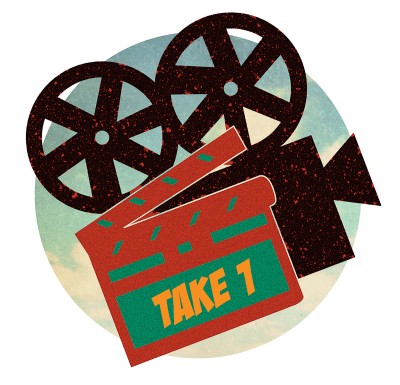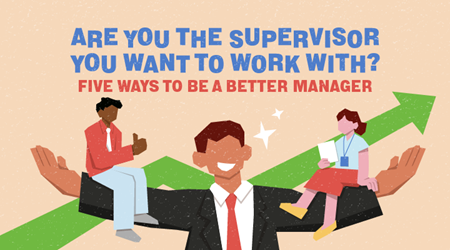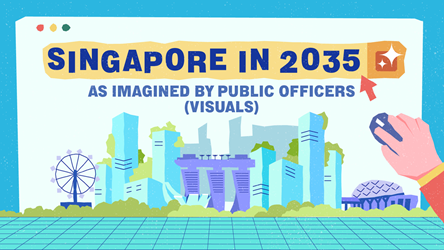How to Tell a Good Story

Humans have been telling stories for some 30,000 years, if ancient cave paintings are testaments of such.
Today, a tale well told overcomes the “noise” of an information-laden world, Ms Cho Peilin, Managing Director, Asia PR Werkz, points out. “Storytelling is even more important now because our public is bombarded daily with information from everywhere, especially from [the Internet] and social media. A good story can draw attention and interest people. It allows people to relate and thus find relevance.”
The art of telling a good story is more critical now in a time of pervasive cynicism – authentic stories can engage, inspire and move, revealing meaning without necessarily defining it.
Storytelling imparts meaning, not just messages; transcending the here and now and transporting us elsewhere to vicariously experience the new, the novel or even the nostalgic; to leave behind a seed of an idea that can take root and germinate. A good story can also inspire or instruct.
In recent years, the Ministry of Education (MOE) has used the art of storytelling to celebrate teachers and inspire others to join the profession. According to Ms Gladys Chew, Assistant Director, Recruitment Marketing & Research, the series of new recruitment advertisements featuring “Mdm Ang” and “Mr Kumar” was largely based on true stories that were crowdsourced.
“We believe that there are many good stories out there,” she says. Hearing inspiring stories from teachers on why they joined the profession, she says, “spurred us to think, why not get stories of those whose lives were also touched by teachers? [This] reinforces the fact that there are many teachers like them who are committed to nurturing and inspiring students.”
She adds that using true stories and even getting the teachers themselves (Mdm Ang and Mr Kumar) to be in the advertisements made the stories even more compelling and emotive.

Paul Tan, Director of the Singapore Writers Festival at the National Arts Council, says that storytelling “is what it means to be human”, and the narrative structure of a story is what allows its message to reach the deeper recesses of the mind and results in better retention and emotional connection.
All stories, fiction or non-fiction, have a similar structure: a beginning, middle and an end, says Mr Tan, who is himself a poet. “Good stories are also sensitive and relevant to the audience, they generate interest through conflict… and have a resolution [that gives] closure,” he says.
When it comes to explaining policy, Ms Cho says storytelling can help communicate key information and allow recipients to connect, relate and reflect on how the policies would affect them personally.

Stories do more than relate a tale, they tickle your brain! Here’s the science behind that: bit.ly/tickleyourbrain
Tips
BEYOND EMOTIONS
Stories must reveal the underlying impact and relate the audience to the organisation or larger context/theme/policy.
K.I.S.S.
Keep it short and simple. Avoid getting too technical and make sure it illustrates the impact clearly.
KEEP IT REAL
In organisational storytelling, always keep stories authentic.
How To Encourage Storytelling In An Organisation
- Stories are everywhere: water cooler talk, customer feedback, meetings and even the chatter on social media form a rich source of tales that can be used to build your organisational culture, inspire, encourage and empower.
- Stimulate sharing of examples/experiences that illustrate/reflect values.
- Recognise the best stories and reinforce them by sharing them.
- Inspire others to share their own stories.
- POSTED ON
May 13, 2013
- TEXT BY
Sheralyn Tay
-
Deep Dive
Strengthening Singapore’s Food Security
-
Work Better
7 Writing Tips To Simplify Your Message









